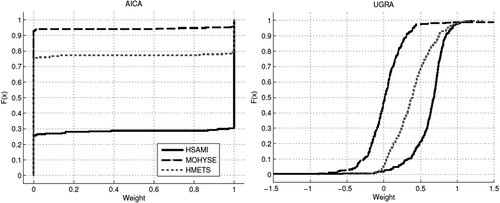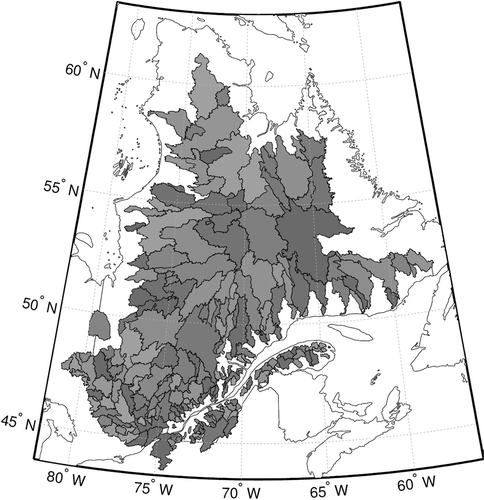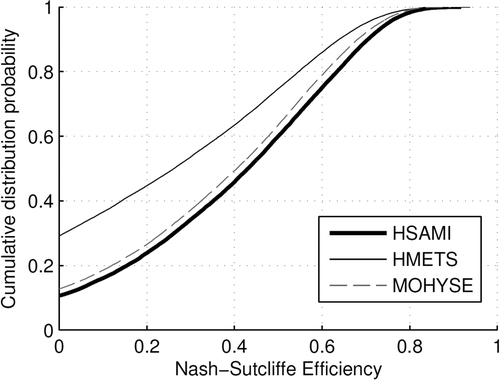Figures & data
Table 1. Statistics of catchment descriptors used in this study.
Figure 2. Cumulative distribution function of initial calibration performance of the three hydrological models calibrated on the NSE metric.
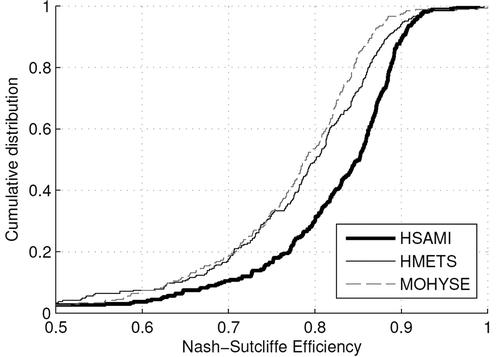
Figure 3. Best single model NSE and model averaging NSE in validation mode for the 4 averaging methods. The diagonal line represents the 1:1 ratio. Markers over (or to the left) of the line indicate basins where the model averaging methods were able to improve upon the best model’s performance.
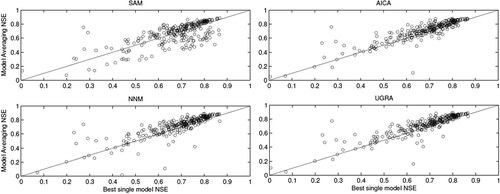
Figure 4. Mean NSE value in multi-model regionalization for a varying number of donor basins when the three-model ensemble is used.
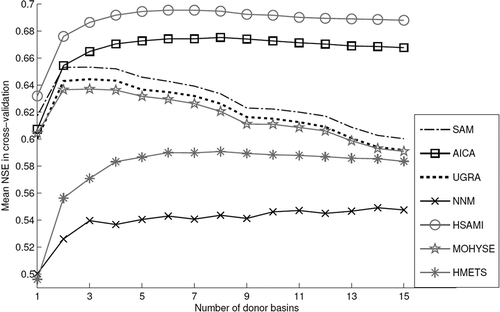
Figure 5. Best single model NSE and model averaging NSE in regionalization mode for the 4 averaging methods using 5 donors. The diagonal line represents the 1:1 ratio. Markers over (or to the left) of the line indicate basins where the model averaging methods were able to improve upon the best model’s performance.
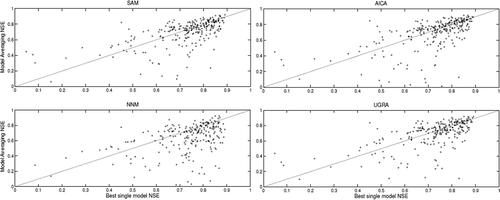
Figure 6. Mean NSE values in multi-model regionalization depending on the models included in the ensemble. Each panel presents the results for a specific model averaging method. Note than NNM does not show the MOHYSE-HMETS ensemble as the performance is too low to properly display.
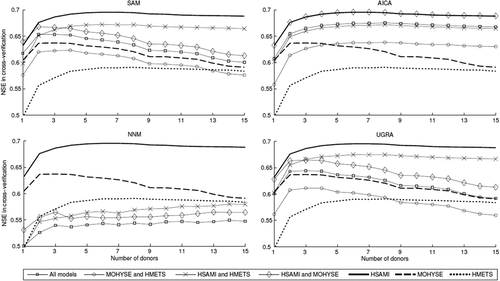
Figure 7. Cumulative distribution function of the model averaging methods’ calculated weights for the AICA and UGRA weighting schemes for three hydrological models in the ensemble. SAM is not included as the weights are all set to one third, and NNM does not use weights but a neural network transfer function.
